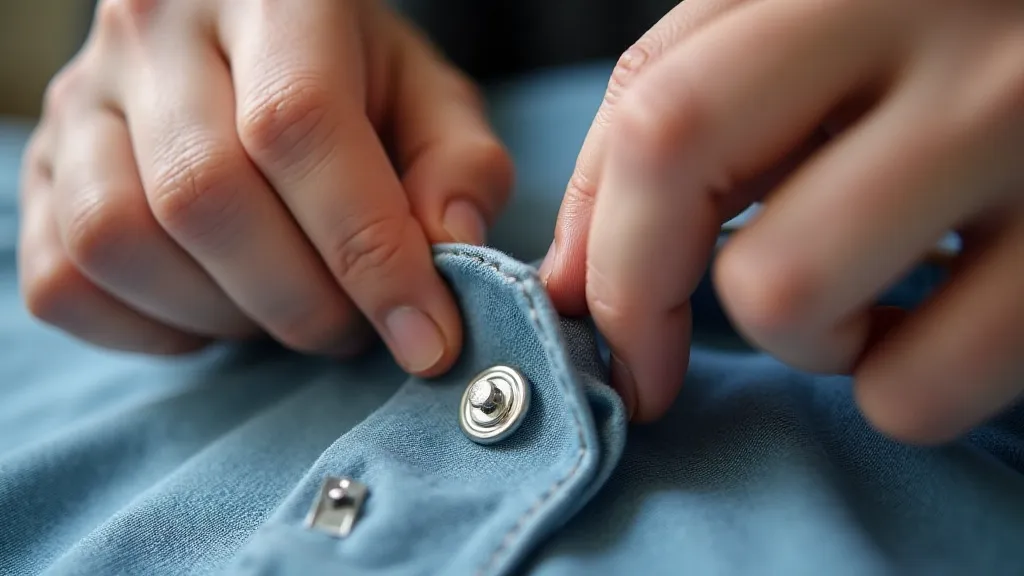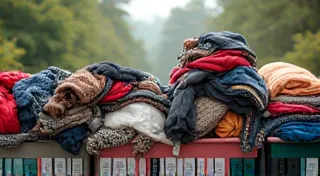The Environmental Impact of Fast Fashion & What You Can Do
Fast fashion. It’s everywhere. Trendy, cheap, and seemingly harmless. But behind those bargain prices lies a concerning truth: fast fashion is a major contributor to environmental pollution and unsustainable practices. This article explores the shocking environmental impact of fast fashion and provides practical ways you can shift towards a more conscious and eco-friendly wardrobe.
The Problem with Fast Fashion
Fast fashion describes the rapid production of inexpensive clothing by mass-market retailers. The business model focuses on quickly replicating catwalk trends and high-fashion designs, pushing out new collections at an alarming rate. This constant churn has devastating consequences for our planet.
Water Consumption & Pollution
The fashion industry is a notoriously thirsty one. Growing cotton, a primary material for clothing, requires vast amounts of water. Often, these crops are grown in water-stressed regions, exacerbating local shortages. Furthermore, dyeing and finishing fabrics release toxic chemicals into waterways, polluting drinking water sources and harming aquatic life.

Textile Waste
The relentless cycle of new trends and low prices encourages overconsumption. As a result, huge quantities of clothing end up in landfills. Textiles take hundreds of years to decompose, releasing harmful greenhouse gases in the process. Often, unwanted clothes are shipped to developing countries, overwhelming local waste management systems.
Carbon Emissions
The entire fast fashion supply chain, from raw material extraction to manufacturing and transportation, generates significant carbon emissions. Synthetic fabrics, like polyester, are derived from fossil fuels, further contributing to greenhouse gas emissions. The reliance on global shipping adds to the carbon footprint.
Microplastic Pollution
Many synthetic fabrics, particularly polyester, shed microplastics during washing. These tiny plastic particles enter wastewater treatment plants and ultimately make their way into our oceans, harming marine life and potentially entering the human food chain.
What You Can Do: Towards a Sustainable Wardrobe
The good news is that you don't have to sacrifice style to be environmentally conscious. Here are some practical steps you can take to reduce your impact:
Buy Less, Choose Well
The most significant impact you can make is to simply buy fewer clothes. Invest in quality pieces that are durable and versatile, rather than chasing fleeting trends. Prioritize timeless styles that you’re likely to wear for years to come.
Support Sustainable Brands
Research and support brands that prioritize ethical and environmental practices. Look for certifications like GOTS (Global Organic Textile Standard) or Fair Trade. Consider brands using recycled materials, organic cotton, or innovative sustainable fabrics.

Embrace Secondhand and Vintage
Thrifting, consignment stores, and online marketplaces offer a treasure trove of pre-loved clothing at affordable prices. Giving existing garments a new life reduces waste and minimizes the demand for new production.
Rent or Borrow
For special occasions or events where you only need an outfit for a short period, consider renting or borrowing from friends and family. This is a sustainable alternative to buying a brand-new garment that you may only wear once.
Care for Your Clothes
Proper care can significantly extend the lifespan of your clothing. Wash garments on cold cycles, avoid excessive drying, and repair minor damages instead of discarding them. Learn basic sewing skills to mend holes and reattach buttons.

Demand Transparency
Support initiatives and campaigns that advocate for greater transparency and accountability within the fashion industry. Encourage brands to disclose their supply chains and environmental impact.
Conclusion
Fast fashion's impact on the environment is undeniable. By making conscious choices about our clothing consumption and supporting sustainable alternatives, we can collectively reduce the industry's harmful effects and work towards a more ethical and eco-friendly fashion future. Every small step makes a difference.





